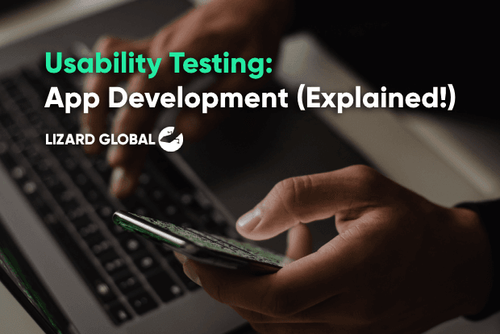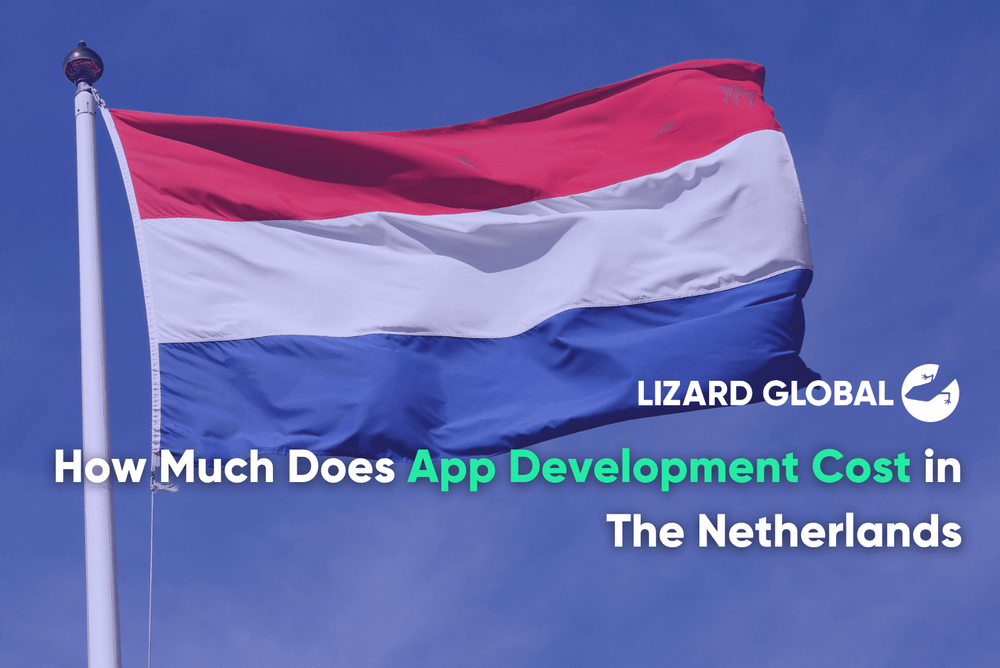How Much Does It Cost To Develop An App in Bali, Indonesia 2025
Get the latest updates about our blog posts.
Subscribe so you don’t miss out!
Key Takeaways
- Effective Collaboration Reduces Costs: Clear communication and transparency between development teams and clients prevent costly mistakes and delays.
- AI Boosts Efficiency: Automating repetitive tasks with AI streamlines development, allowing teams to focus on strategy and UX, saving time and money.
- User Involvement Minimizes Rework: Involving users early and often ensures that the product meets expectations, reducing the risk of expensive revisions.
- Build with Flexibility in Mind: Designing a scalable, adaptable architecture minimizes costs when implementing future updates or feature changes.
- Relationship-Driven Success: In Indonesia, business is more relational than transactional. Building trust and strong personal connections is essential for long-term success.
Developing a mobile app can be a game-changer for businesses in 2025, especially in a thriving market like Bali, Indonesia. Known for its rapidly growing tech scene and vibrant digital community, Bali is attracting companies from all over the globe looking to build custom software solutions. But how much does it actually cost to develop an app here? What factors influence the budget, and how do advancements in technology impact the process?
To answer these questions, we spoke to Terence Ridder, CEO Asia of Lizard Global, a leading custom software development company based in Bali. Terence shares insights on the cost dynamics, emerging trends, and best practices for efficient app development in 2025.
What are the biggest factors influencing app development timelines and costs in 2025?
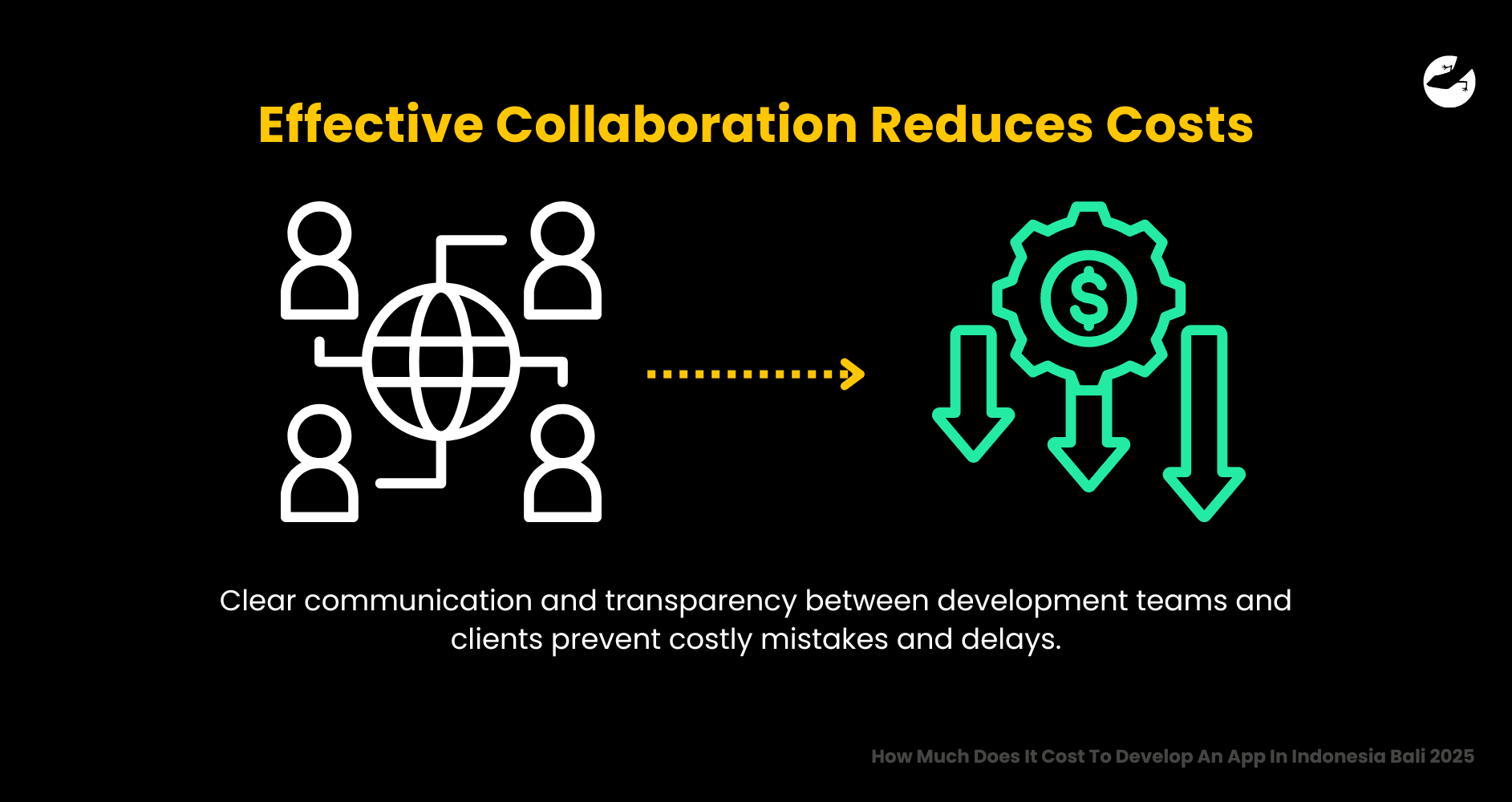
Terence:
One of the most significant factors is effective collaboration. It’s crucial to establish transparency between our team and the client. We need to clearly communicate what’s required from both sides, ensuring there’s a shared understanding of expectations. A lack of alignment can result in costly mistakes and delays, especially if issues are discovered too late in the development process.
Another vital aspect is breaking down the project into high-level phases. By doing so, we can maintain flexibility and control costs while making faster progress. Instead of attempting to build everything at once, we work iteratively, which allows us to adapt and scale as needed.
Additionally, user involvement is essential from the start. Rather than making assumptions about what users might want, we involve them early and frequently to get direct feedback. This minimizes the risk of costly rework and ensures that the final product meets user expectations.
How have advancements in AI and automation impacted the speed and cost of app development?
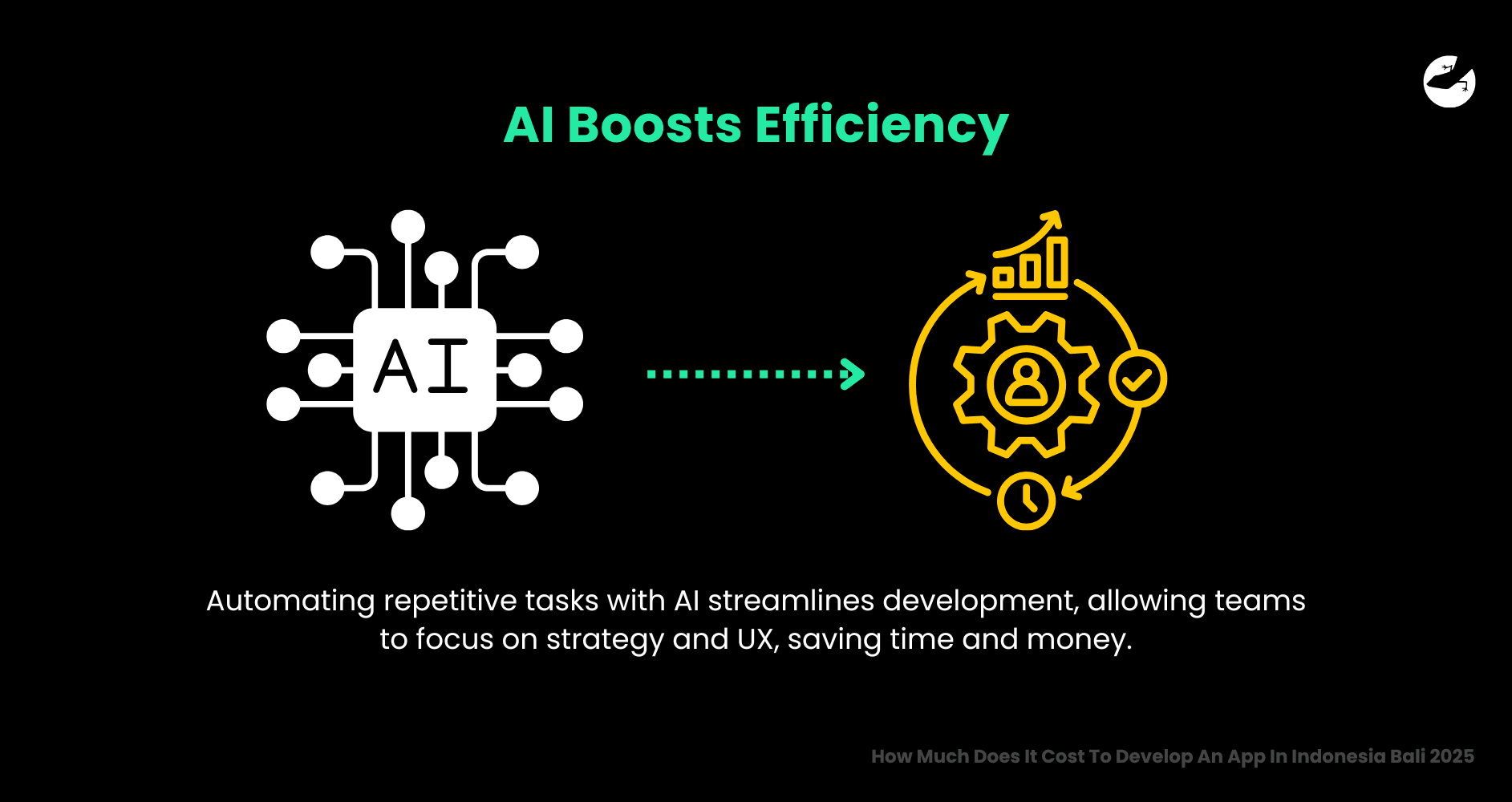
Terence:
AI has certainly made a difference by consolidating information, though we still need to verify the data it provides. The most significant impact is on time reduction when kickstarting projects. It helps streamline some of the more tedious administrative tasks, giving our team more time to focus on strategy, UI/UX design, and solving complex problems.
By automating low-level development and repetitive tasks, AI allows us to allocate more resources to high-impact areas, making the entire process faster and more cost-efficient.
What should businesses consider when budgeting for a custom software or app project today?
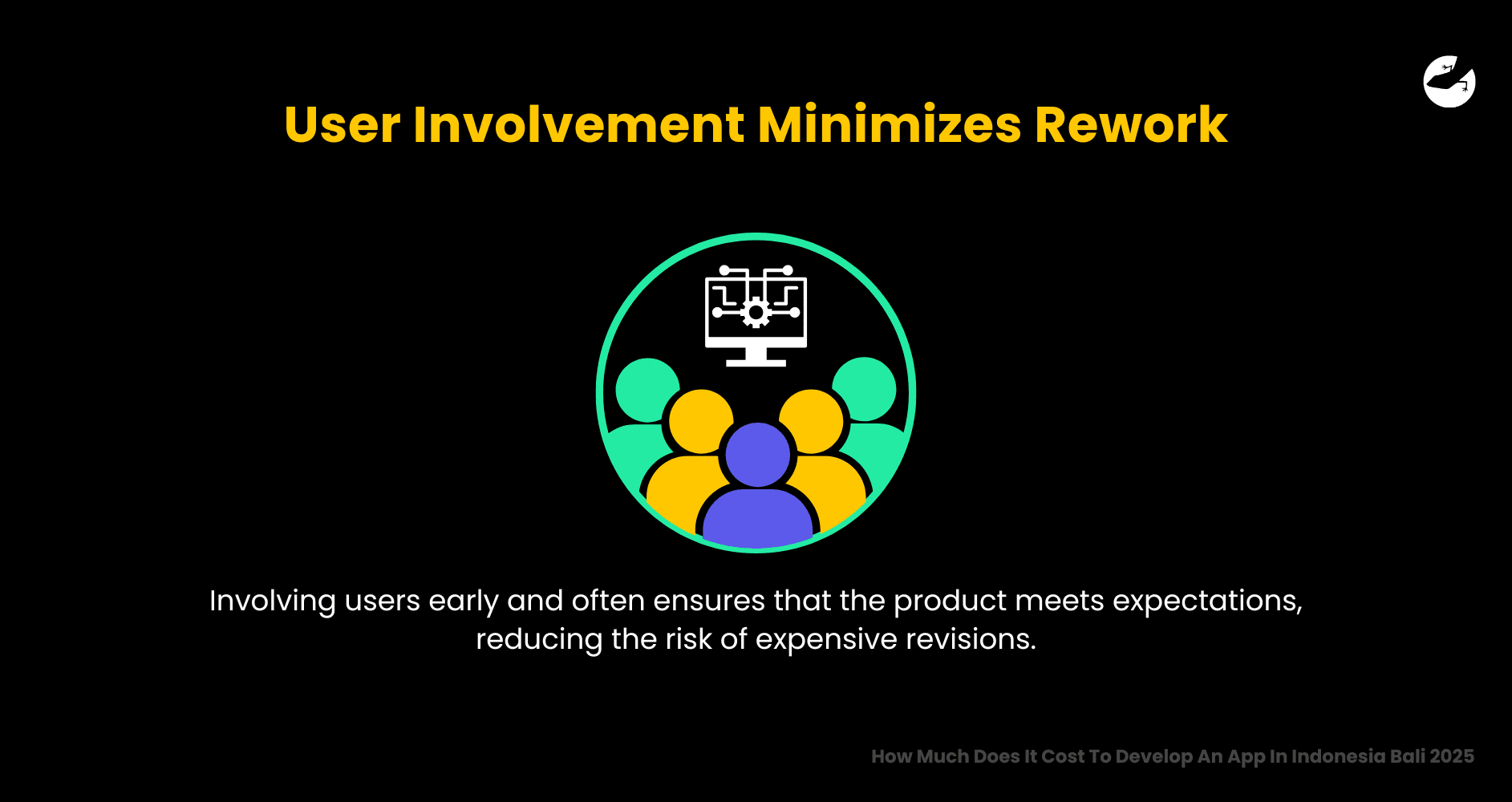
Terence:
It’s essential to understand that technology alone isn’t enough. A successful app requires investment beyond development, including marketing, user onboarding, and ongoing engagement. You need to create awareness, attract users, and constantly manage their expectations because users today are more demanding and impatient than ever before.
Moreover, competition is always around the corner, so your app needs to stand out not just in terms of functionality but also through a robust marketing strategy and seamless user experience.
Want to find out how much it costs to build your dream app or web app?
How do we approach balancing affordability, speed, and high-quality development?
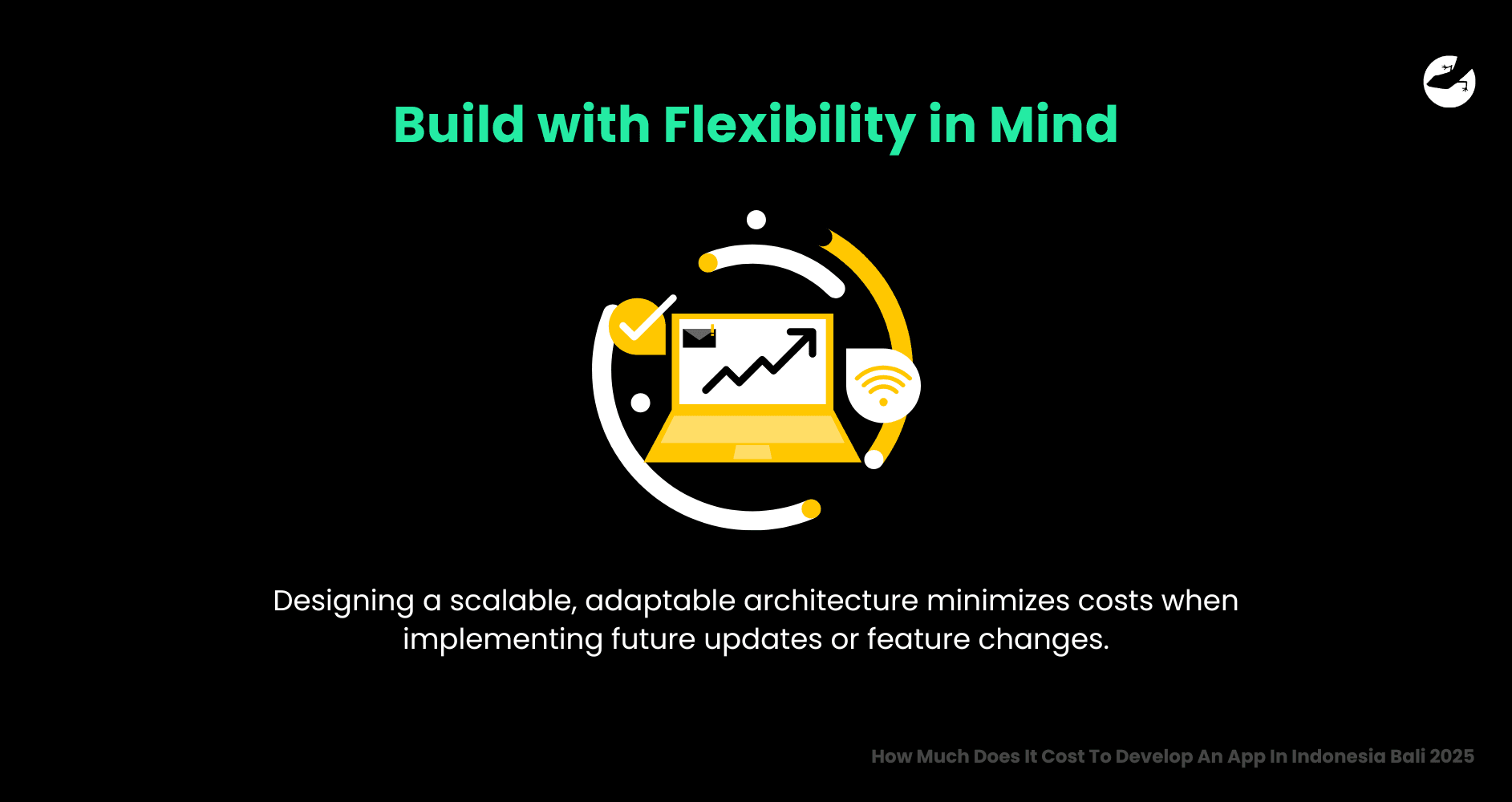
Terence:
It’s a bit like building a house. If the foundation is strong, it’s easier to build more floors later. While the initial cost may be high, it becomes significantly more cost-effective as the app scales. We focus on building a flexible architecture from the start, so any changes or updates down the line are easier and cheaper to implement.
We also ensure constant communication between all involved teams—development, design, business—at every stage. This interconnected approach helps us avoid inefficiencies, resulting in faster delivery without compromising quality.
What advice would you give to startups or enterprises looking to develop an app efficiently in 2025?
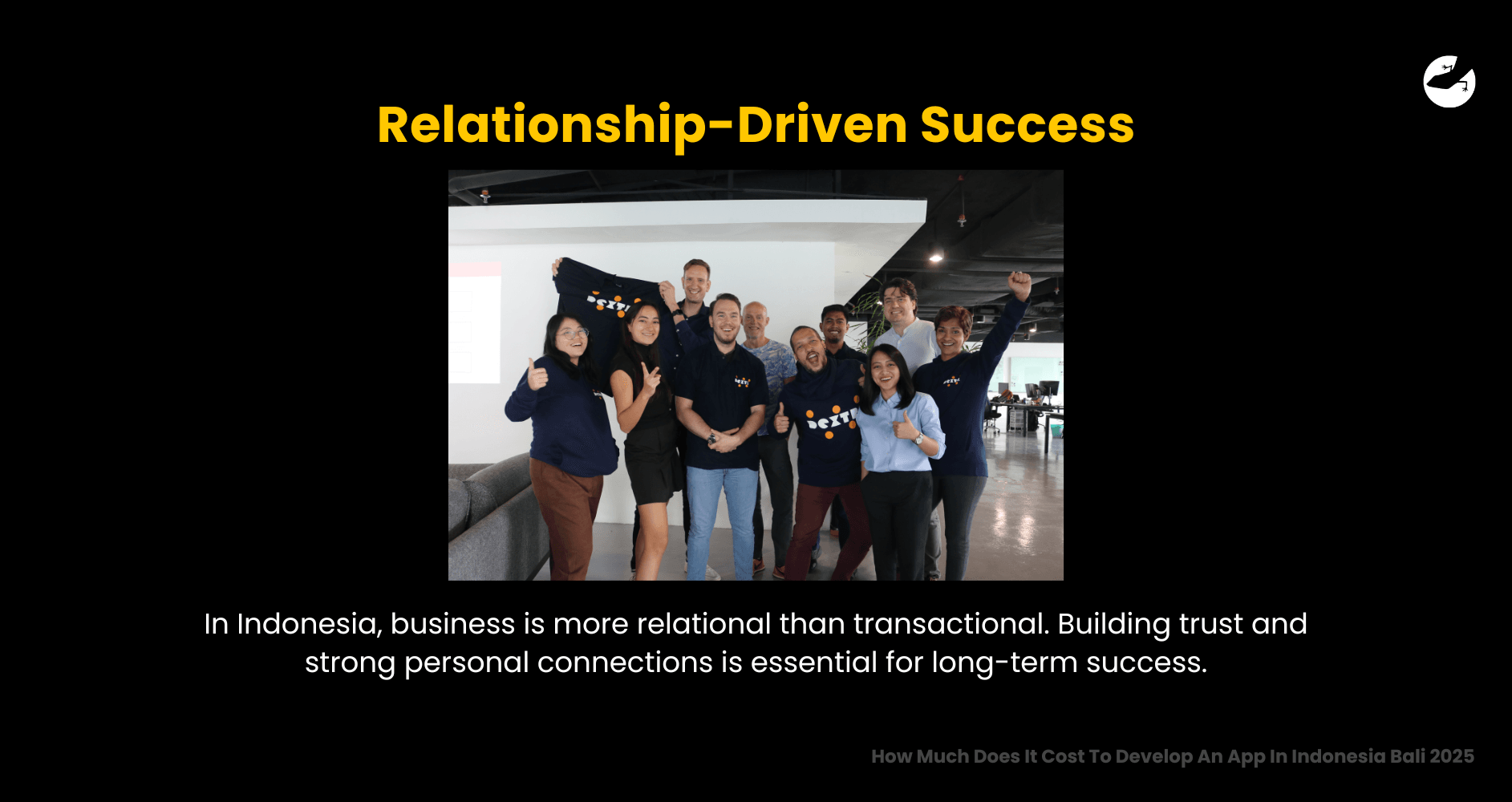
Terence:
Focus on identifying your core value proposition—the feature or aspect that delivers the most value to your users. Build around that iteratively, instead of trying to develop the entire app at once. Getting too caught up in creating a complete product from the start can dilute your focus and negatively impact user adoption.
Also, remember that business in Indonesia is more relational than transactional. People here want to know who they’re working with before they care about what you’re building. Building personal relationships is just as important as professional ones. At Lizard Global, we don't just build partnerships; we build friendships, which naturally leads to better collaboration and long-term success.
So, how much does it cost to develop an app in Indonesia, Bali?
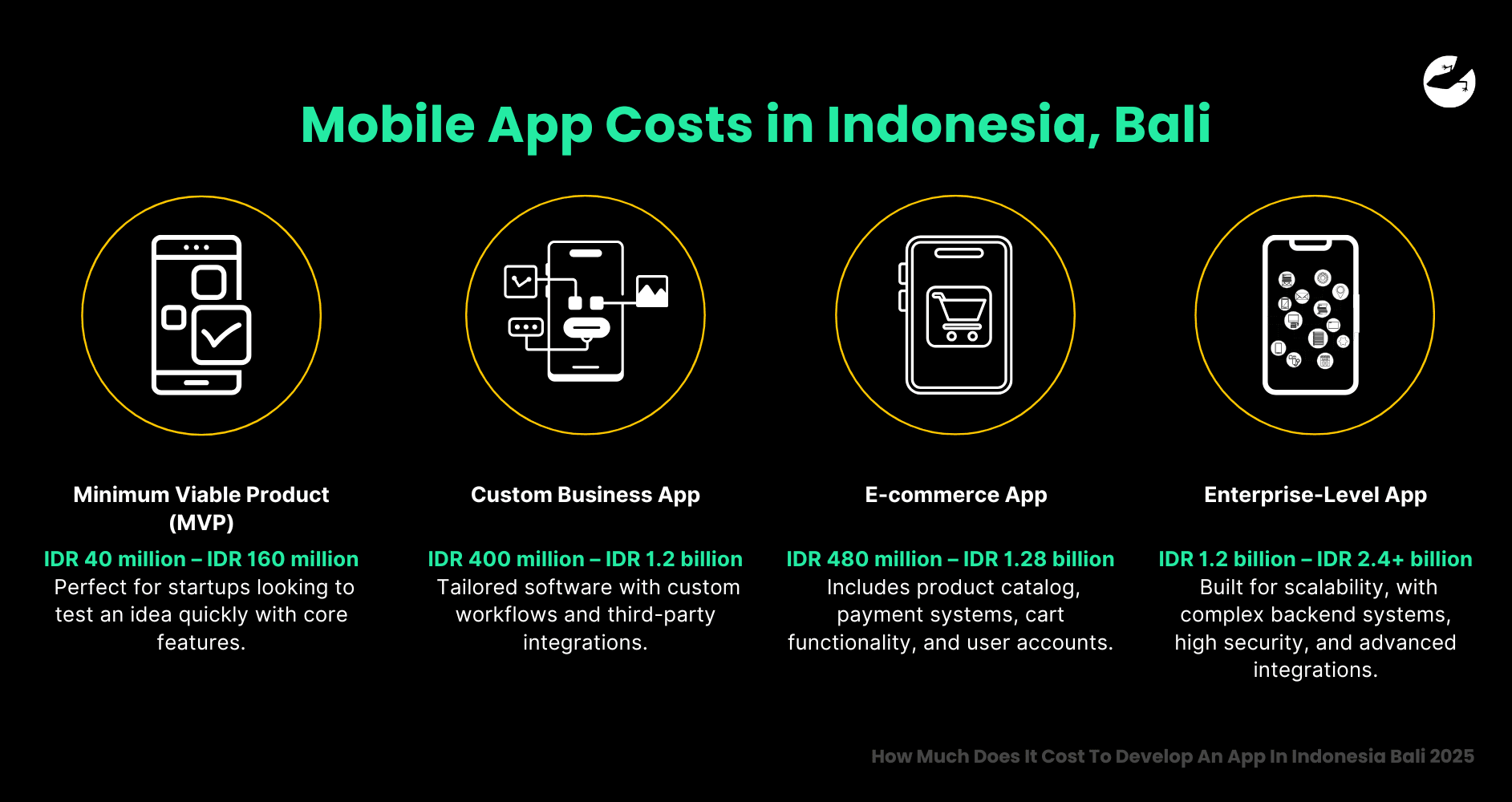
Terence:
While there's no one-size-fits-all answer, app development in Bali can range from IDR 500 million to over IDR 850 million depending on a variety of factors. These include the complexity of features, platform choice (iOS, Android, or both), the design requirements, and the need for backend infrastructure or third-party integrations.
Types of App Development (with Estimated Costs):
- **MVP (Minimum Viable Product):** Estimated cost: IDR 500 million – IDR 600 million - Perfect for startups looking to test an idea quickly with core features.
Custom Business App: Estimated cost: IDR 600 million – IDR 850 million - Tailored software with custom workflows and third-party integrations.
- E-commerce App: Estimated cost: IDR 600 million – IDR 850 million - Includes product catalog, payment systems, cart functionality, and user accounts.
- Enterprise-Level App: Estimated cost: Over 850 million - Built for scalability, with complex backend systems, high security, and advanced integrations.
Build Your App With Lizard Global
Building an app in Bali, Indonesia, in 2025 involves more than just technical development—it requires careful planning, effective collaboration, and a strong focus on user engagement. Leveraging advancements in AI can reduce costs, but human relationships and strategic thinking remain at the core of successful projects.

At Lizard Global, we specialize in delivering high-quality, scalable, and adaptable app solutions. Our team of experts is committed to guiding you through every phase of the project, from ideation to deployment and beyond. We don’t just build apps—we build long-term partnerships, ensuring your project’s success in the rapidly evolving digital landscape. Ready to turn your idea into a reality? Get in touch with Lizard Global today!


